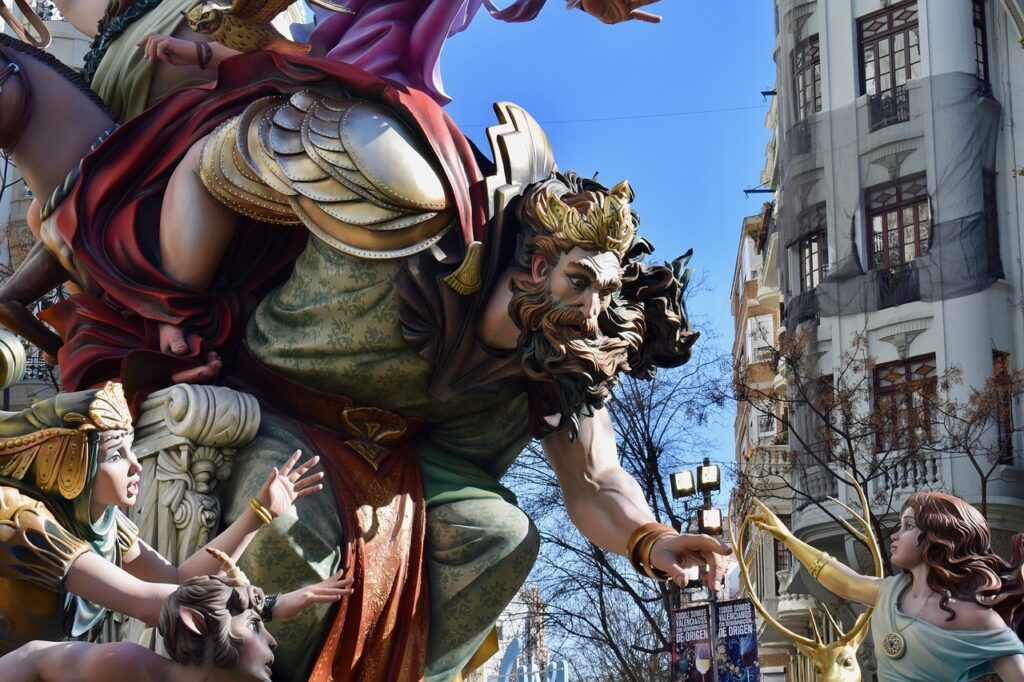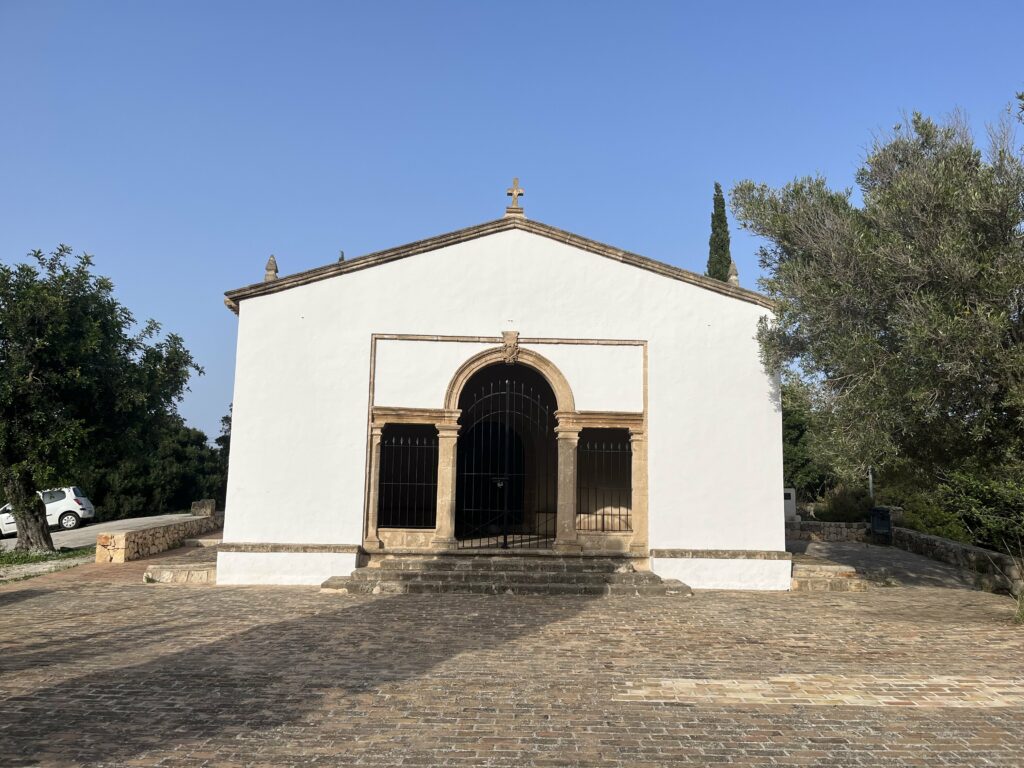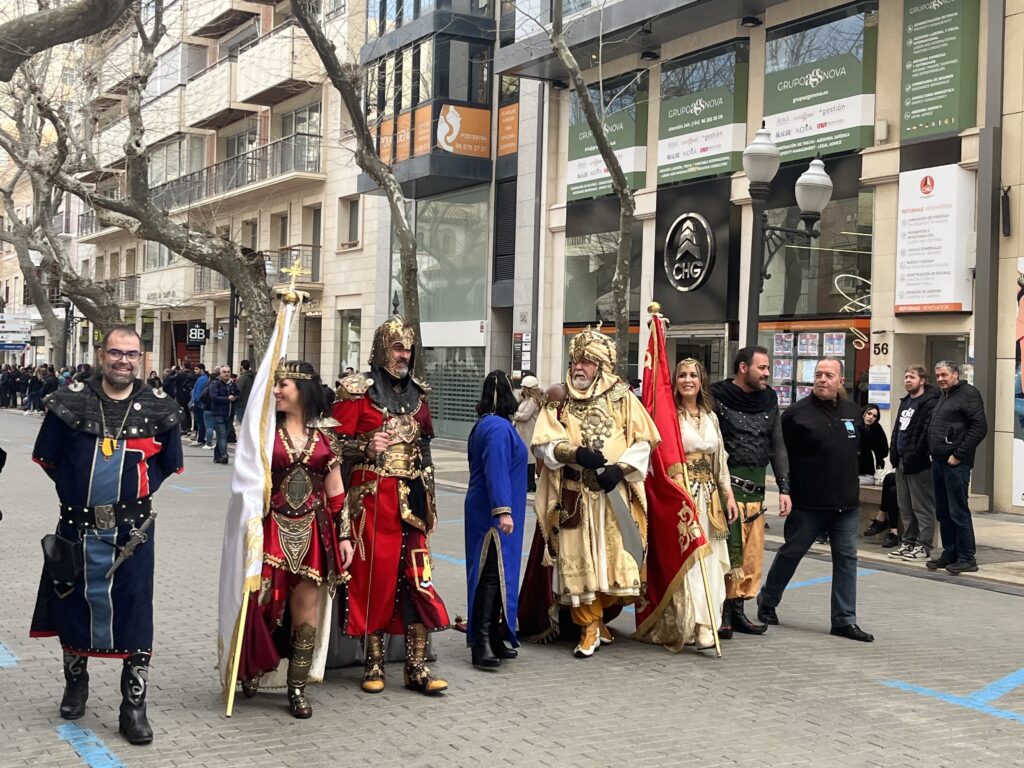Tradition, Thrills and a Dive into the Mediterranean
1. Hook: the bellow that melts into the waves
July sunlight reddens the horizon, the breeze smells of salt and gunpowder. Suddenly a jet‑black bull bursts onto the wooden platform, skids—splash!—and disappears into the Mediterranean. The crowd roars. If you have never witnessed Bous a la Mar, get ready: few festivals fuse Valencia’s bull‑running heritage with pure maritime adrenaline this naturally.
2. A quick history: from cannons and almadrabas to a national title
While municipal records mention bull games on the quay as early as the 18th century, the fiesta took shape at the start of the 20th century during the Santíssima Sang Major Festival. After the Civil War, in 1947 it adopted today’s format: a portable wooden arena built over the fishing pier, with a gate that opens directly onto the sea. In 1993 it was declared a Festival of National Tourist Interest, a label that—controversy aside—recognises its cultural singularity.
Key milestones
- 1926: first photo report in the newspaper Levante.
- 1947: fixed platform installed over the sea.
- 1984: official animal‑rescue service created.
- 2020: pilot test of a floating ramp for voluntary bull exit.
3. How it runs today: 2025 schedule
In 2025 the events are set for 5–13 July (pending final approval). There is one session per day at 7 p.m.—the moment when the sun eases off and excitement peaks. Festivities kick off with the “entrada de bous”: the bulls parade along the harbour esplanade, flanked by horsemen, to the sea arena while bands and peñas strike up lively pasodobles.
4. The ritual step by step
- The firecracker: a blast announces the release of the first bull.
- Run, dodge, jump: locals (and daring visitors) tease the animal on the platform, hoping—but never obliged—to make it fall into the water.
- Rapid rescue: a boat with sailors and lassos guides the bull to a floating ramp; on average it is hauled out and returned to the pens within two minutes.
- Next round: after about 20 minutes a new bull enters; up to six bulls perform each evening.
Does the bull get hurt?
Regional rules forbid injuring, pricking or tying the animal. Veterinarians and rural officers supervise every run, and the maximum time the bull may remain in the water is ten minutes.
5. Safety and controversy: a fine balance
- For the public: non‑slip railings, civil‑liability insurance, and a 2 400‑person capacity. Wear old clothes and closed shoes—the wooden planks soak through.
- For the bull: veterinary checks, rescue boat, floating ramp. Even so, animal‑rights groups protest annually. In 2024 they gathered 1 384 signatures against the event; the council reacted by trimming maximum water time and adding a thicker sand bed on the platform.
6. Economic and social impact
During Bous a la Mar week Dénia reaches 95 % hotel occupancy and the harbour turns into an open‑air fair: stands selling coca de mullador, melon mojitos and rich fideuàs cooked by local clubs. Direct economic impact topped €3.1 million in 2024—vital for businesses that rely on the high season. For many residents it is identity; for others, an anachronism. That debate has become part of the ritual itself.
7. Tips for visitors
| Tip | Details |
|---|---|
| Tickets | On sale from 15 June via the town website and harbour box office. Stands €8 / ringside €15. |
| Best time | Arrive 45 minutes early to grab shade and watch the bull entry. |
| Free vantage point | North quay or breakwater by the lighthouse; partial view, full atmosphere. |
| Essentials | Cap, SPF 50 sunscreen, non‑slip shoes, waterproof phone pouch. |
| Kids | Allowed in the stands; under‑16s banned from the platform. |
8. Provisional side programme 2025
- 6 Jul · 11:30 p.m. – Bombai live on the trawl quay.
- 8 Jul · 6:00 p.m. – Arròs a banda tasting by fishermen’s clubs.
- 10 Jul · 10:30 p.m. – Nit d’Albades: traditional Valencian serenades.
- 13 Jul · midnight – Fireworks over the sea to close the festival.
9. Between tradition and tomorrow: where are Bous a la Mar heading?
The council is trialling thermal cameras to gauge bovine stress and publish data in real time. Animal‑defence groups ask for bull‑free recortador shows, while the peñas argue the fiesta is their DNA and point out no bull dies or is injured. Whatever the future brings, Bous a la Mar still draws thousands—whether for tradition, thrill or sheer curiosity—to watch bravery meet surf.
10. Conclusion and food for thought
Experiencing Bous a la Mar means touching that age‑old tension between humans, animals and the sea. You may find it electrifying or unsettling, but it will not leave you indifferent. If you attend, do so with respect: for the tradition, for the locals and, above all, for the bull. Then tell us—was it a unique spectacle or a ritual ready for change?
Quick practical info
- Location: Floating bullring on the fishing‑harbour quay (next to the fish market).
- Dates 2025: 5–13 July (to be confirmed).
- Session: 7 p.m. daily.
- Price range: €8–15.
- Facilities: Portable toilets, small cloakroom, drink stalls.



